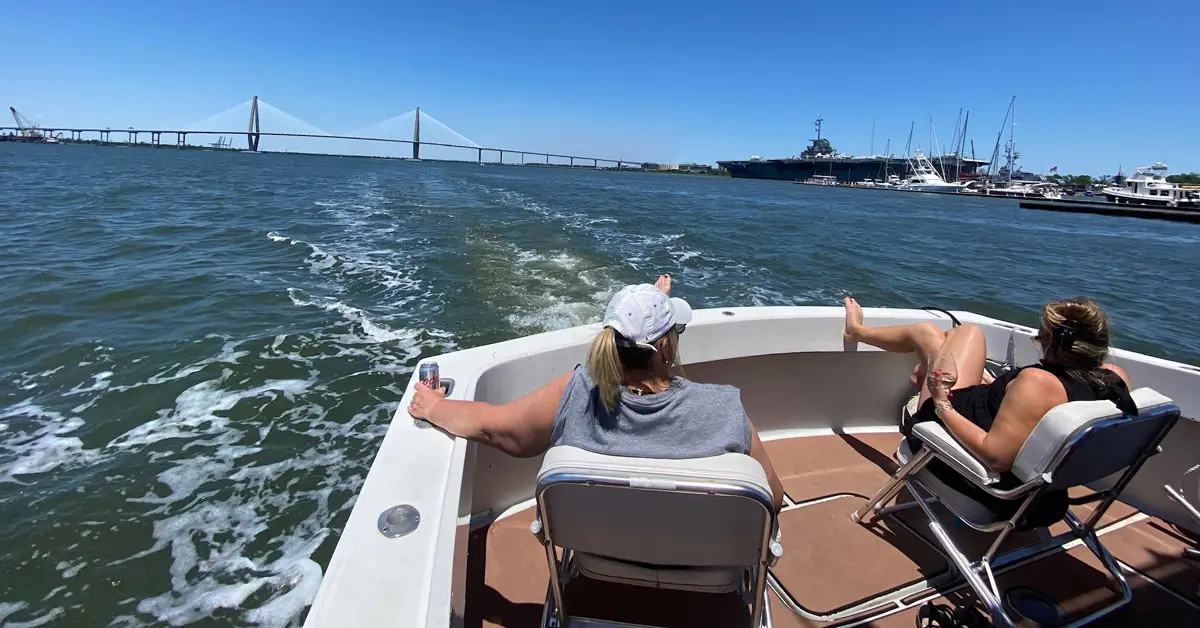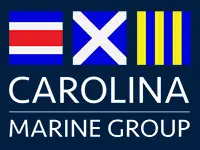Charleston, South Carolina, has played a defining role in two of America’s most pivotal conflicts: the American Revolution and the Civil War. As a major port city with immense economic and strategic importance, Charleston became both a target and a stronghold. Its streets, harbors, and fortifications bore witness to defining moments in American history. This article delves into the intricate layers of Charleston’s wartime experience, revealing little-known stories, military innovations, and the resilience of its people.
Charleston in the American Revolution
A City of Wealth, Politics, and Trade
By the mid-1700s, Charleston had grown into one of the richest and most influential cities in the American colonies. The plantation economy, powered by enslaved labor, fueled the city’s prosperity. Ships loaded with rice, indigo, and deerskins made Charleston a hub of transatlantic trade. The city’s wealth gave rise to a powerful aristocracy that shaped political discourse and influenced colonial resistance against British rule.
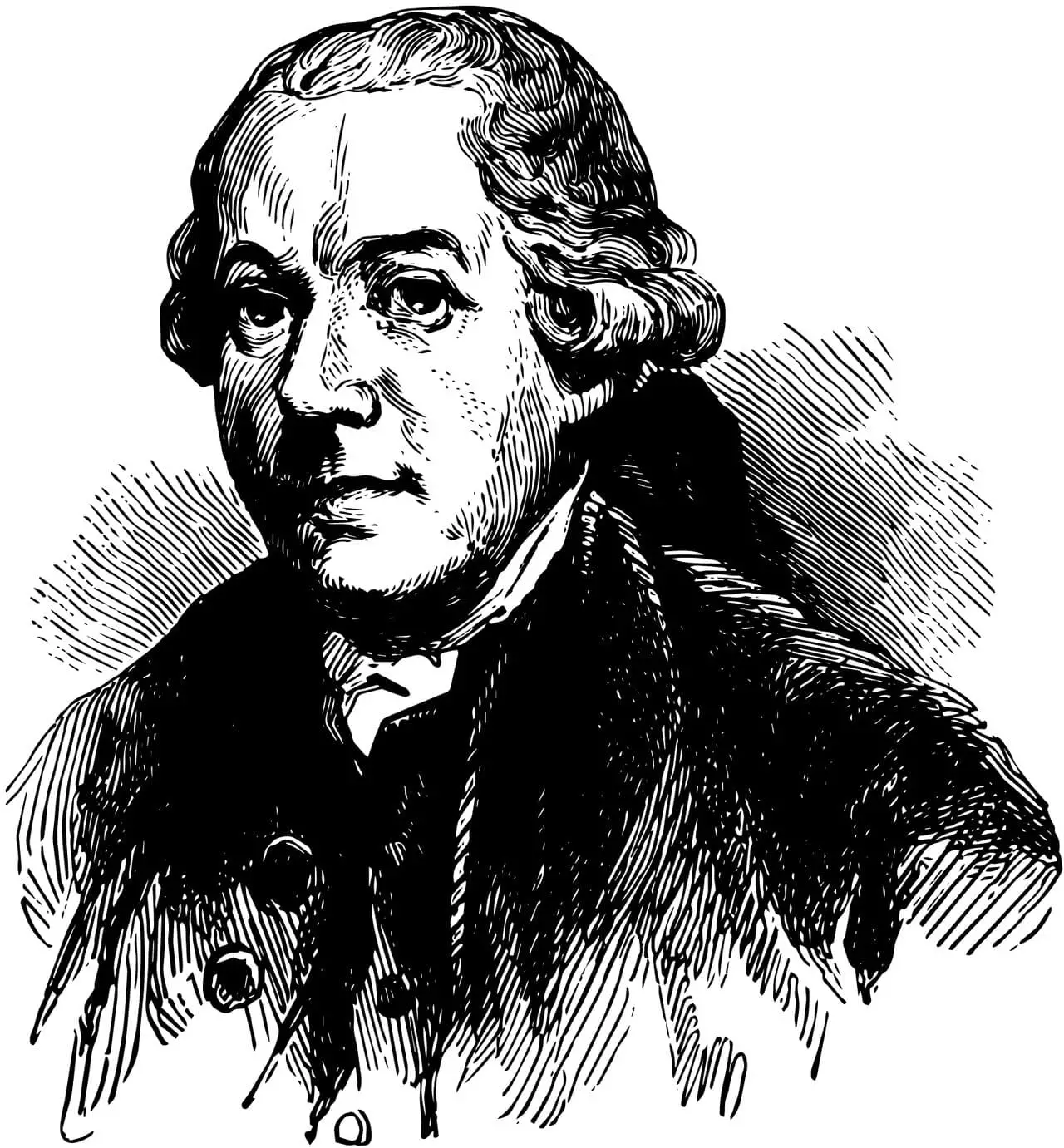
Henry Laurens
The intellectual climate of Charleston was also critical to the Revolution. South Carolinians like Henry Laurens, a Charleston merchant and politician, played a pivotal role in the Continental Congress, later becoming its president. Another native, Christopher Gadsden, was instrumental in founding the Sons of Liberty and was the force behind the now-famous Gadsden Flag, emblazoned with the words “Don’t Tread on Me.”
The Secret War: Espionage, Smuggling, and Women’s Roles
While battlefields tell one side of the Revolutionary War, the intelligence networks operating in Charleston were equally significant.

Women like Susanna Smith Elliott and Rebecca Brewton Motte used their social connections to gather intelligence and assist the patriot cause. Elliott, in a famous act of defiance, presented a handmade revolutionary flag to the South Carolina troops defending Fort Moultrie. Motte, meanwhile, allowed patriots to burn her own mansion, which had been commandeered by the British, to drive the enemy out.
Charleston was also a center for smuggling. Even as the British imposed blockades and restrictions, patriot sympathizers found ways to get supplies to the Continental Army. Hidden compartments in warehouses and secret nighttime deliveries through Charleston Harbor ensured that arms and provisions reached American forces.
The Siege of Charleston (1776): The Victory That Delayed British Control
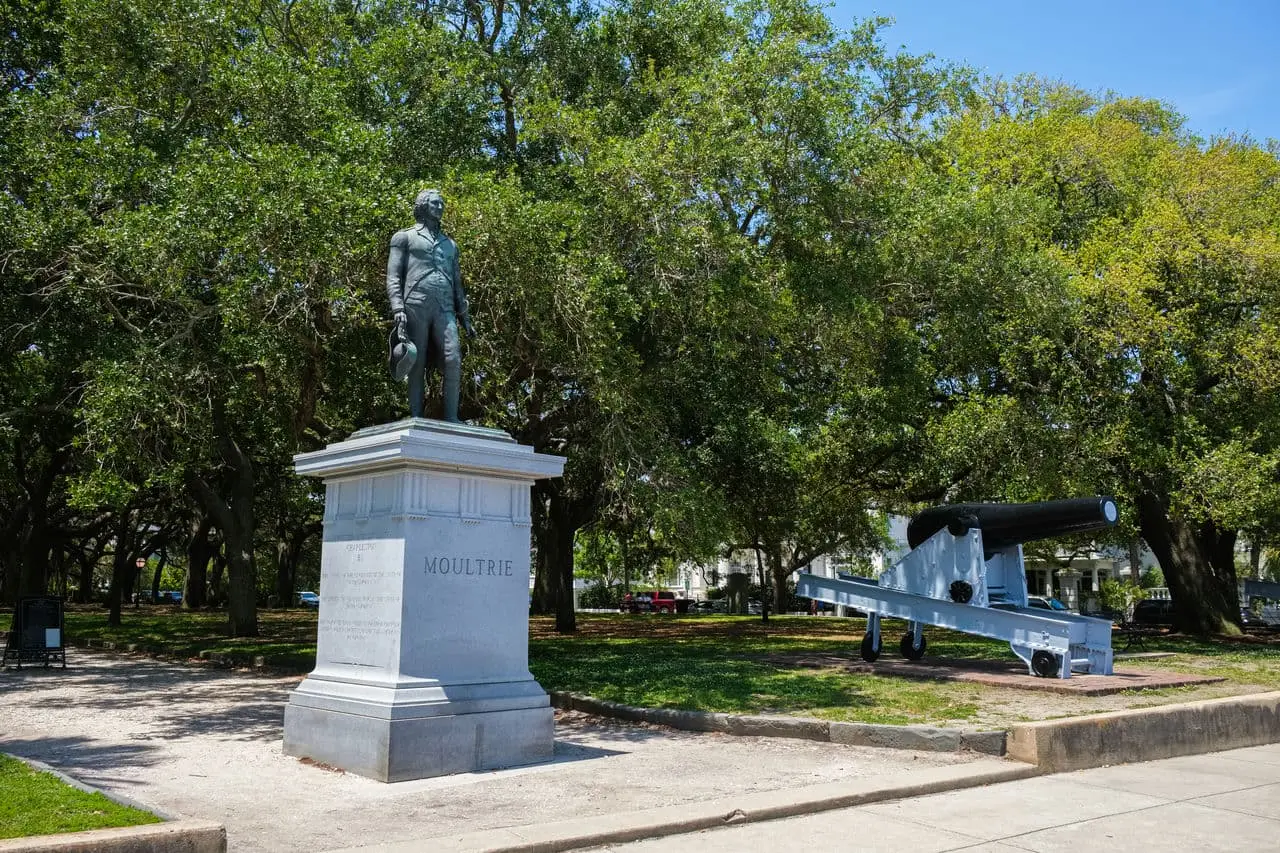
In June 1776, a British fleet attempted to seize Charleston, believing its capture would quell rebellion in the South. Colonel William Moultrie and his men successfully defended the city from Fort Sullivan, where palmetto logs, naturally resistant to cannon fire, absorbed British artillery. The stunning victory delayed British advances in the South and boosted colonial morale.
This battle was not only about tactics but also about grit. African Americans, both free and enslaved, played a role in constructing Charleston’s defenses and supporting the war effort in non-combat roles.
The British Return: Charleston Falls in 1780
Despite their initial failure, the British returned with overwhelming force in 1780. Charleston, under siege for weeks, ultimately fell to British forces in May, marking one of the worst American defeats of the war. Over 5,000 patriot troops were captured—more than in any other single battle.
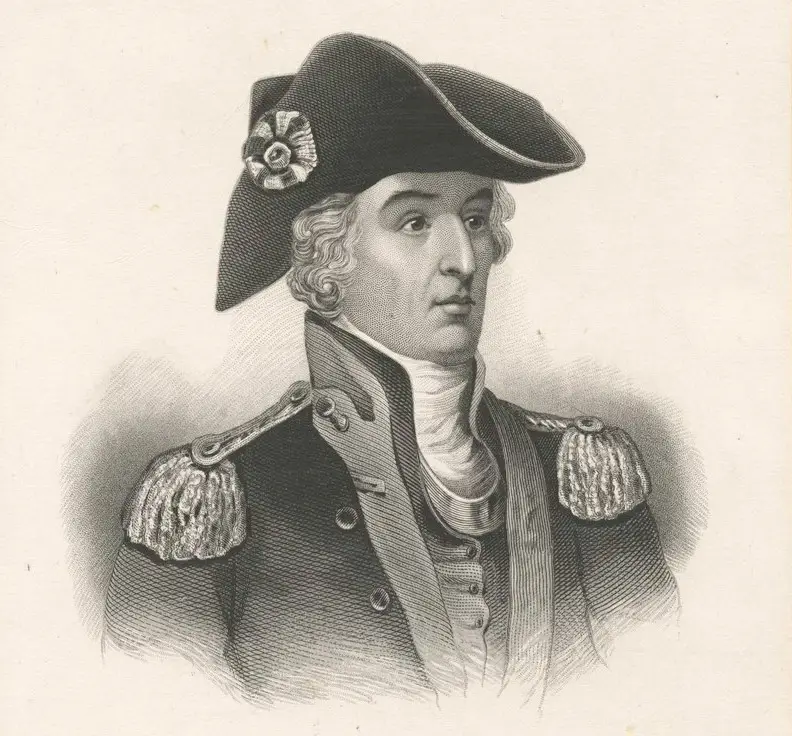
General Francis Marion
During the occupation, loyalists and British officials attempted to reestablish control, but resistance fighters like Francis Marion, the “Swamp Fox,” carried out guerrilla attacks, ensuring the fight for independence continued in the region.
Charleston in the Civil War
The Cradle of Secession: Charleston as the War’s Catalyst
Charleston was not only involved in the Civil War—it was where it all began. On December 20, 1860, South Carolina became the first state to secede from the Union, and the formal declaration was signed in Charleston’s Institute Hall. The city’s elite, deeply tied to the institution of slavery, viewed secession as a means to preserve their economic and social structure.
The Bombardment of Fort Sumter: War Begins in Charleston Harbor
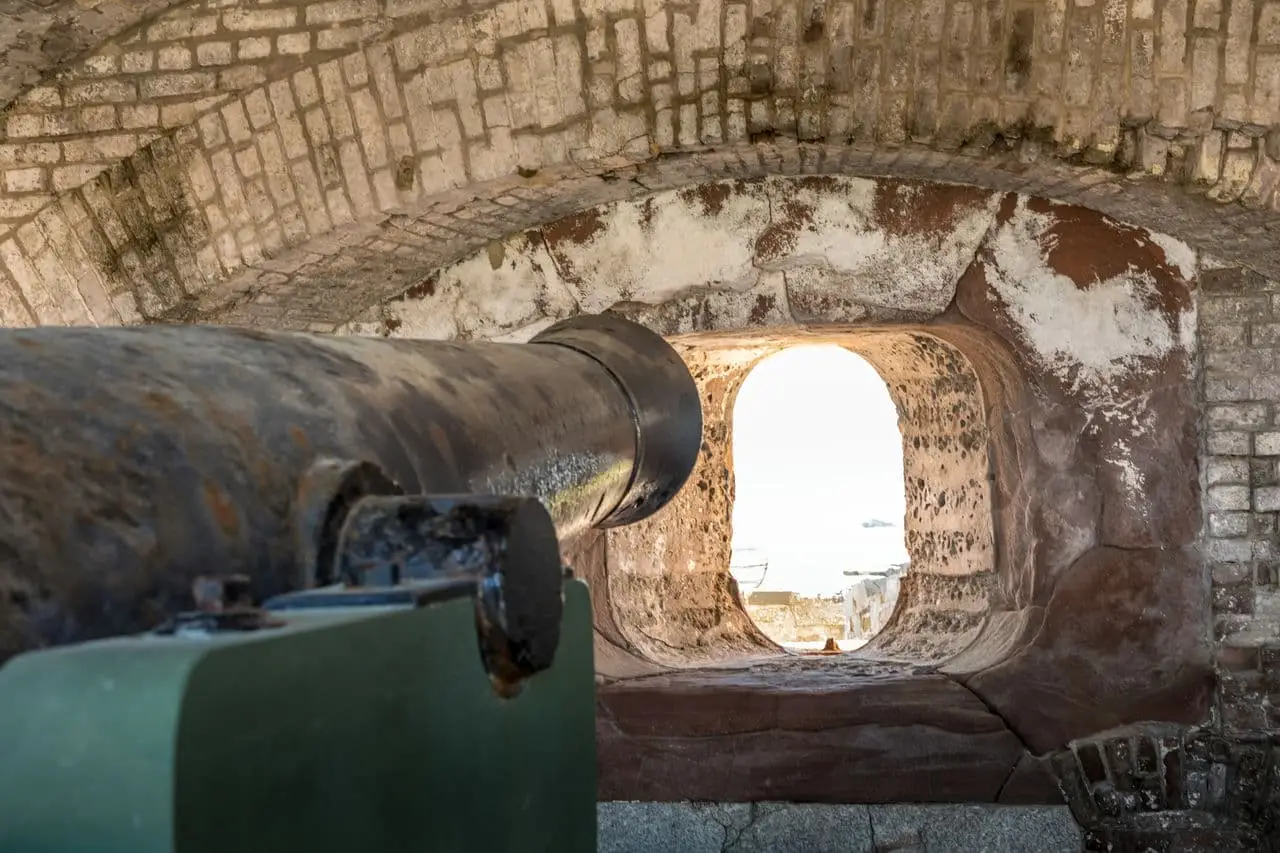
The first shots of the Civil War rang out over Charleston Harbor on April 12, 1861, when Confederate forces fired on Fort Sumter, a Union stronghold. Major Robert Anderson and his garrison, vastly outnumbered and undersupplied, surrendered after a 34-hour bombardment. This event galvanized both the Union and the Confederacy, marking the official start of the war.
Naval Innovation: The CSS Hunley and Underwater Warfare

Charleston’s military strategies extended beyond traditional defenses. One of the most fascinating contributions to naval warfare was the CSS Hunley, the first submarine to sink an enemy warship. Built in secrecy and operated by a crew of eight, the Hunley attacked the USS Housatonic in February 1864, successfully sinking the vessel before disappearing beneath the waves.
Though the Hunley was lost, its legacy lives on as a groundbreaking moment in naval history. The submarine’s discovery in 1995 and subsequent research have shed new light on the bravery and ingenuity of its crew.
The Siege of Charleston: Union Forces Tighten the Noose
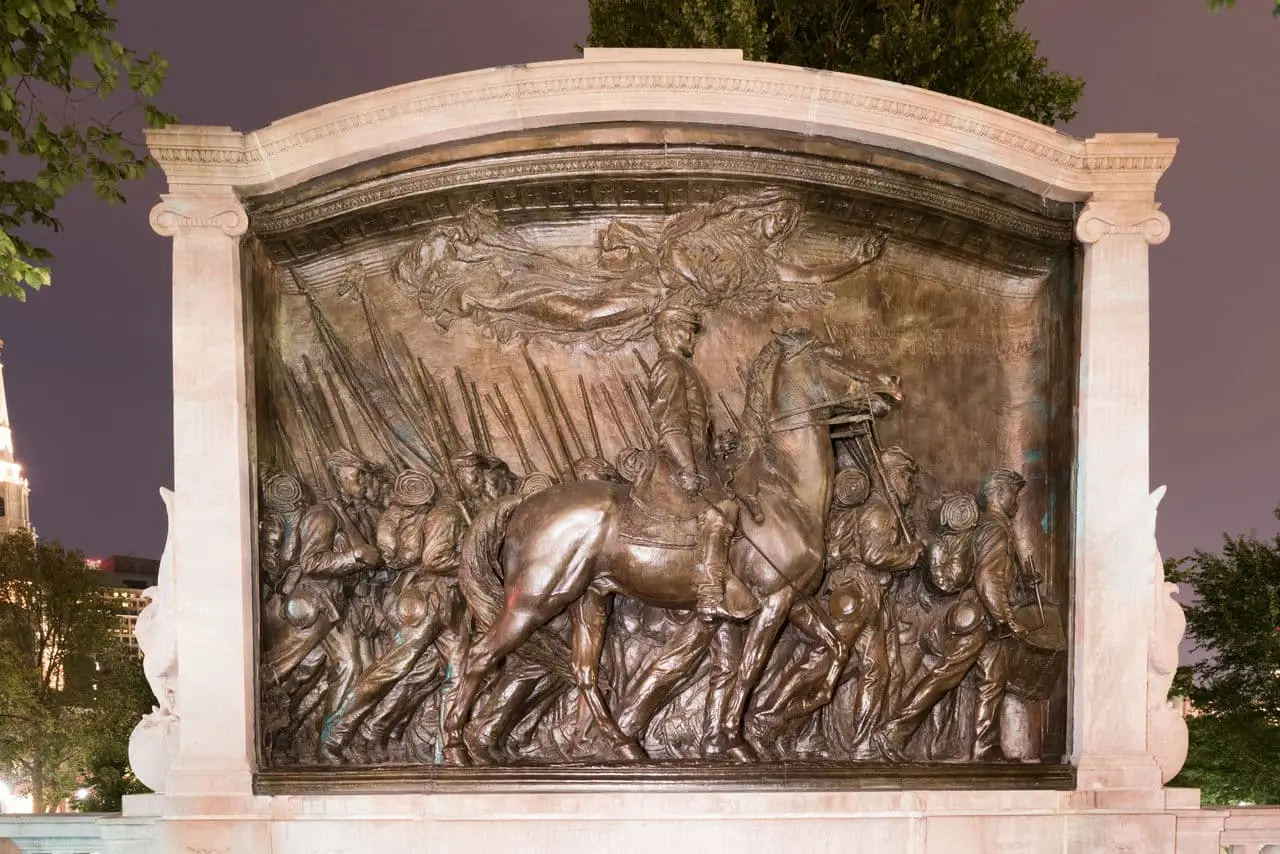
Charleston’s strategic significance made it a primary target for the Union Army. By 1863, Union forces had begun a prolonged siege, bombarding the city relentlessly. The attack on Fort Wagner, defended by the Confederate army, became one of the most famous battles of the war. The 54th Massachusetts Infantry Regiment, one of the first African American units in the Union Army, led a courageous but ultimately unsuccessful assault.
The siege took a heavy toll on civilians. Buildings crumbled, food shortages grew dire, and disease spread rapidly. Despite the suffering, Confederate forces held Charleston until February 1865, when they evacuated ahead of advancing Union troops.
The Burning of Charleston: A City in Ruins
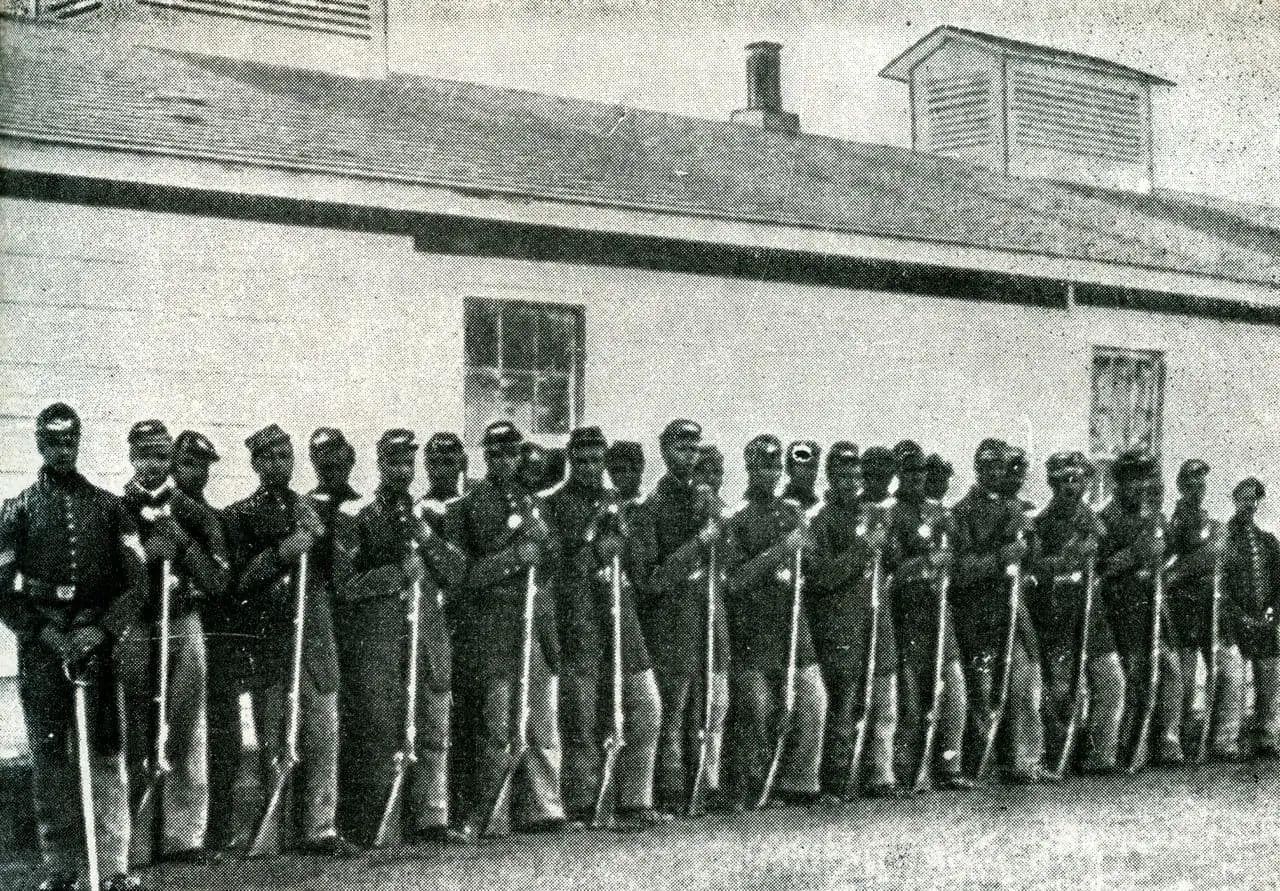
When Union troops entered Charleston in 1865, they found a city ravaged by war. Fires had destroyed large sections of the city, whether due to Union bombardment or sabotage by retreating Confederates. African Americans, newly freed by the Emancipation Proclamation, took to the streets in celebrations while Union troops secured the city.
Reconstruction and the Battle for Charleston’s Future
After the war, Charleston faced an uncertain future. The abolition of slavery upended the city’s economy, and federal troops occupied Charleston during Reconstruction. Schools for freed slaves, such as the Avery Normal Institute, were established to educate the newly emancipated population. Meanwhile, former Confederates worked to regain political power, leading to decades of racial tension and struggle.
Charleston’s Enduring Legacy
Charleston’s involvement in the American Revolution and the Civil War cemented its place in history as a city of resilience, conflict, and transformation. From its critical role in early independence efforts to its position as the birthplace of secession, Charleston’s past is interwoven with America’s story.
Today, visitors can explore historic sites like Fort Sumter, the Charleston Museum, and the preserved plantations that reflect the city’s complex history. Walking through Charleston’s cobblestone streets and along its waterfront, one can still feel the echoes of the past, reminding us of the sacrifices and struggles that shaped the nation.
Charleston’s story is one of triumph, tragedy, and endurance. Its harbors have seen the rise and fall of empires, its people have fought for liberty and endured hardship, and its legacy continues to shape how we remember America’s past.
If you would like to learn more about the history of Charleston, taking a tour with Carolina Marine Group ... That's Us :) is a great way to enjoy the cool ocean breeze while taking in the sights. Captain Dave is not only knowledgible regarding Charleston History but knows how to have fun. You can learn more about the tours we offer or fill out our custom tour booking form to make sure you have the perfect tour crafted just for you.
